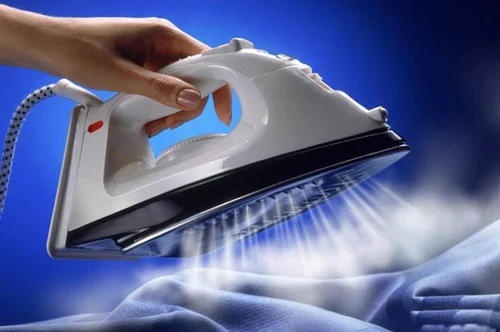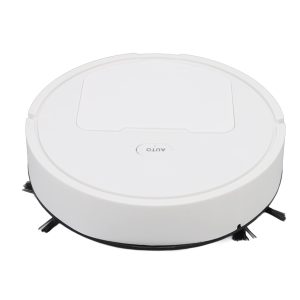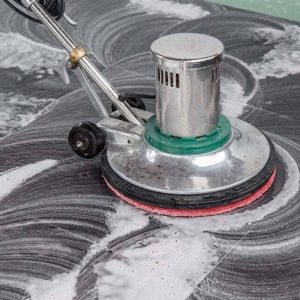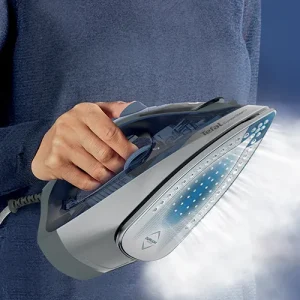Steam Irons: What They Are, How They Work, Applications, and Safe Usage

1. What Is a Steam Iron?
A steam iron is an electric device used for removing wrinkles from fabrics by applying heat and steam. Unlike traditional dry irons, steam irons use water vapor to relax fabric fibers, making ironing more efficient and effective.
Types of Steam Irons:
- Conventional Steam Irons: Basic models with water reservoirs that produce steam while ironing.
- Steam Generator Irons: Equipped with a separate water tank for continuous, high-pressure steam output.
- Cordless Steam Irons: Provide greater mobility and convenience without power cords.
- Vertical Steam Irons: Designed to iron clothes while they are hanging, useful for delicate fabrics and curtains.
Common Uses of Steam Irons:
- Smoothing wrinkles on clothing, bed linens, and curtains.
- Sanitizing and refreshing fabrics by eliminating odors and bacteria.
- Preparing fabrics for sewing or tailoring.
2. How Does a Steam Iron Work?
Steam irons function by combining heat and moisture to efficiently press fabrics. The steam relaxes fibers, while the heated soleplate removes wrinkles.
Main Components of a Steam Iron:
- Water Tank: Stores water that is converted into steam.
- Heating Element: Heats the soleplate to the desired temperature.
- Soleplate: The flat, heated surface that presses fabric.
- Steam Vents: Release steam to penetrate fabric fibers.
- Thermostat Control: Adjusts temperature based on fabric type.
- Spray Nozzle: Some models include a spray function for added moisture.
How It Works:
- Water from the tank is heated by the heating element.
- The heated water turns into steam, which is released through vents.
- The user glides the soleplate over fabric, using heat and moisture to remove wrinkles.
- Temperature settings allow adjustment for different fabric types.
3. Where Are Steam Irons Used?
Steam irons are essential tools in various settings, from household use to commercial and industrial applications.
Household Uses:
- Ironing everyday clothing such as shirts, trousers, and dresses.
- Refreshing delicate fabrics like silk and wool.
- Smoothing bed linens, curtains, and tablecloths.
Commercial and Industrial Uses:
- Fashion Industry: Used in garment production and tailoring.
- Hotels and Hospitality: Ensuring crisp linens and uniforms.
- Laundry Services: Providing professional ironing services.
- Theater and Entertainment: Maintaining costumes and stage outfits.
Other Applications:
- Removing wrinkles from upholstery and fabric-covered furniture.
- Sanitizing soft toys and fabric surfaces.
- Preparing fabrics for crafting or quilting projects.
4. How to Use a Steam Iron Safely
Using a steam iron correctly ensures efficiency and prevents accidents. Follow these safety tips to extend the device’s lifespan and ensure user protection.
Safety Tips for Using Steam Irons:
- Use the right temperature: Adjust settings based on fabric type to prevent burns or damage.
- Fill the water tank with clean water: Avoid using hard water to prevent mineral buildup.
- Iron on a stable surface: Prevents accidental falls and burns.
- Avoid leaving the iron unattended: Turn it off when not in use.
- Store the iron properly: Allow it to cool before storing to prevent damage.
- Clean the soleplate regularly: Removes any residue that may stain fabrics.
- Be cautious with steam bursts: Direct steam away from your hands and face.
By following these guidelines, you can safely and efficiently use a steam iron while maintaining fabric quality.
Conclusion
Steam irons are essential for keeping clothes and fabrics wrinkle-free. Understanding their working principles, applications, and safety measures ensures effective usage and durability. Whether for household or commercial use, steam irons provide a convenient and professional ironing solution.







